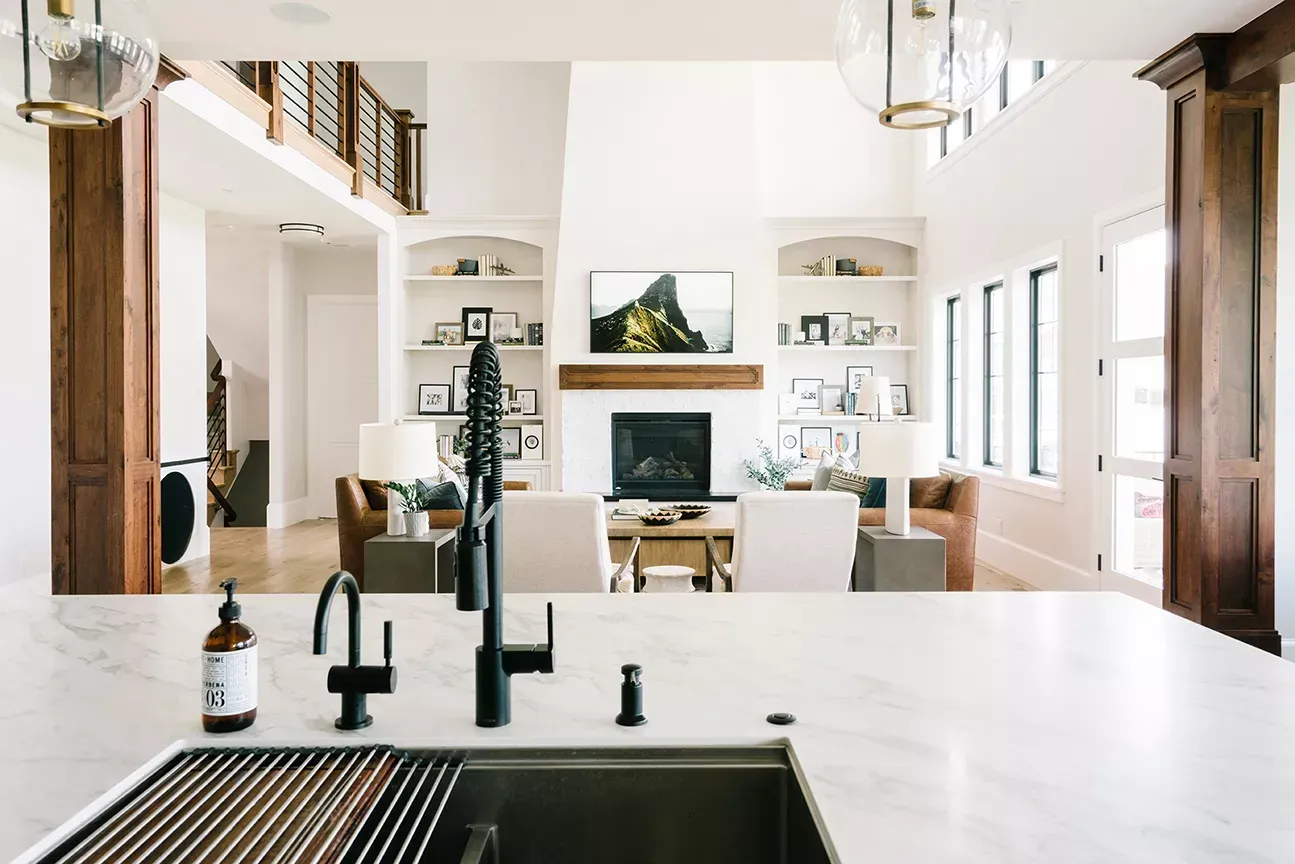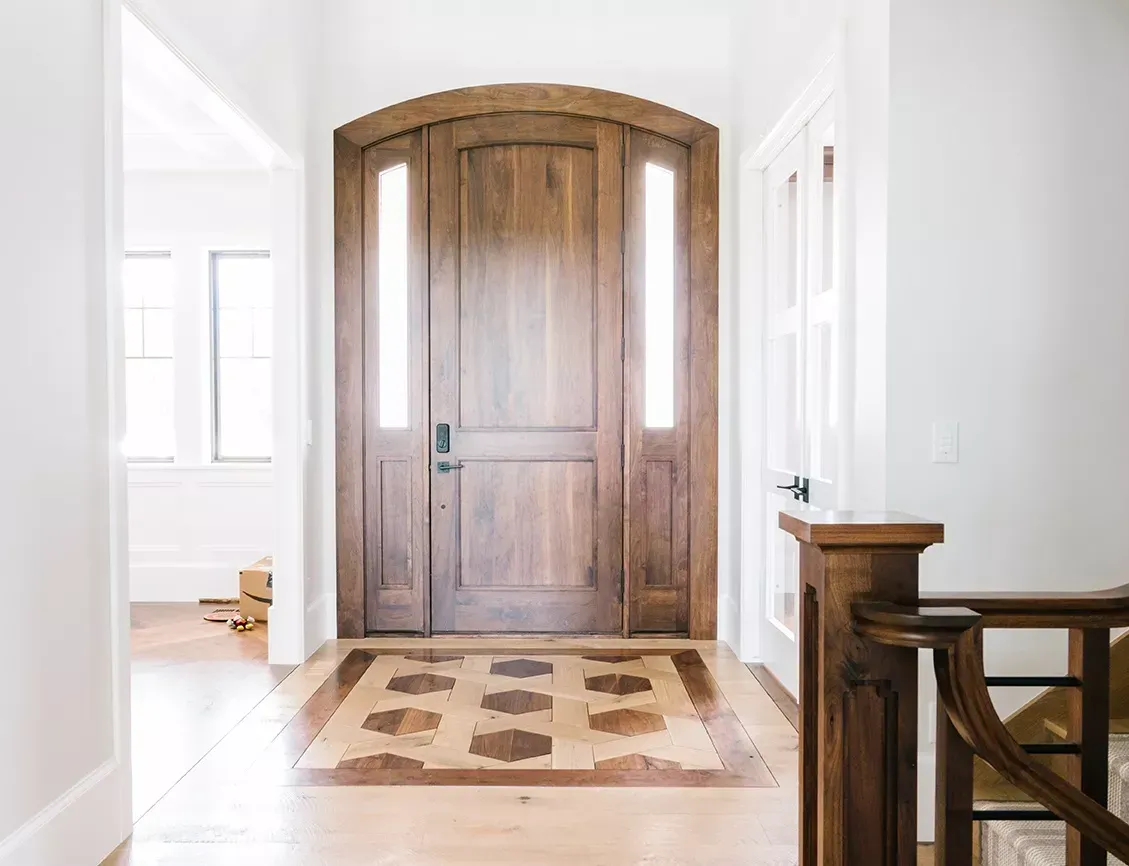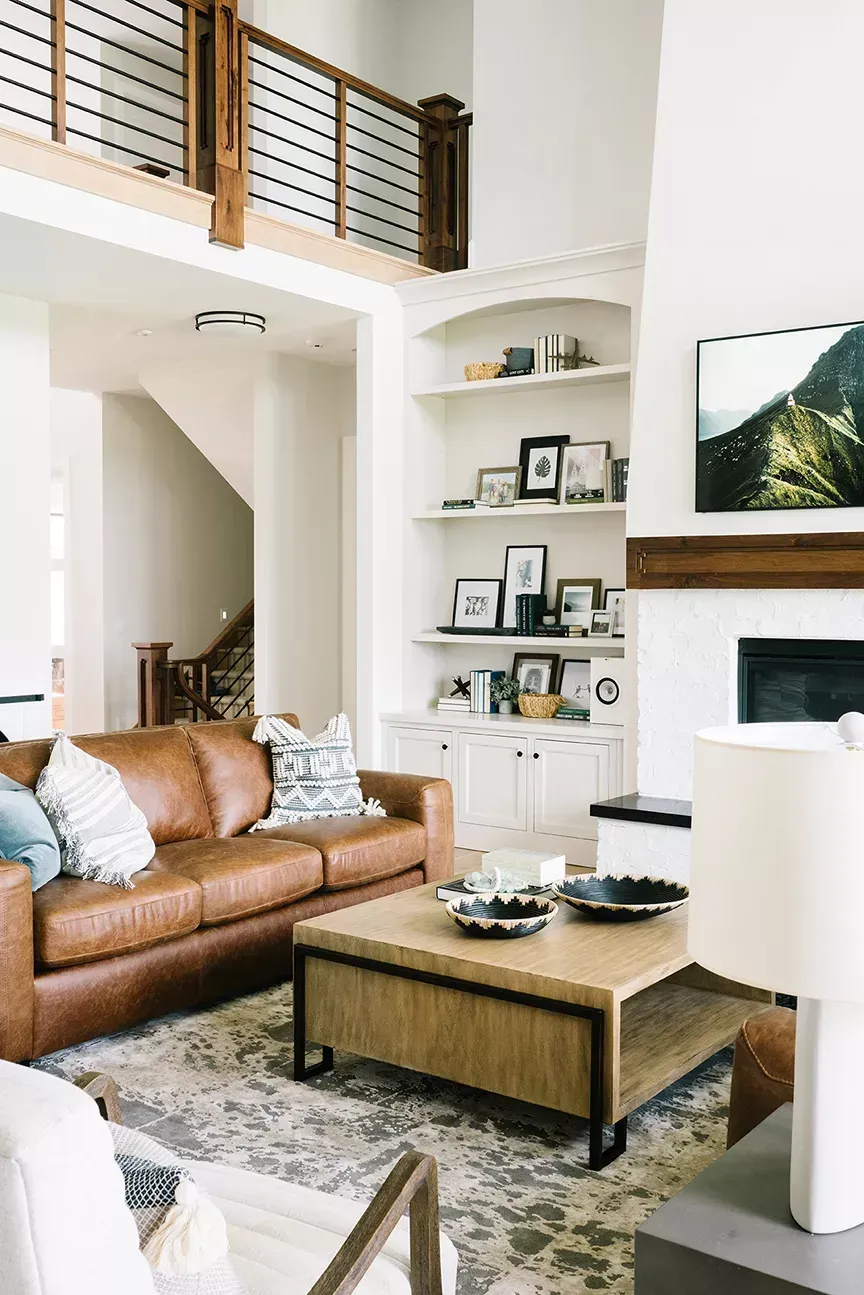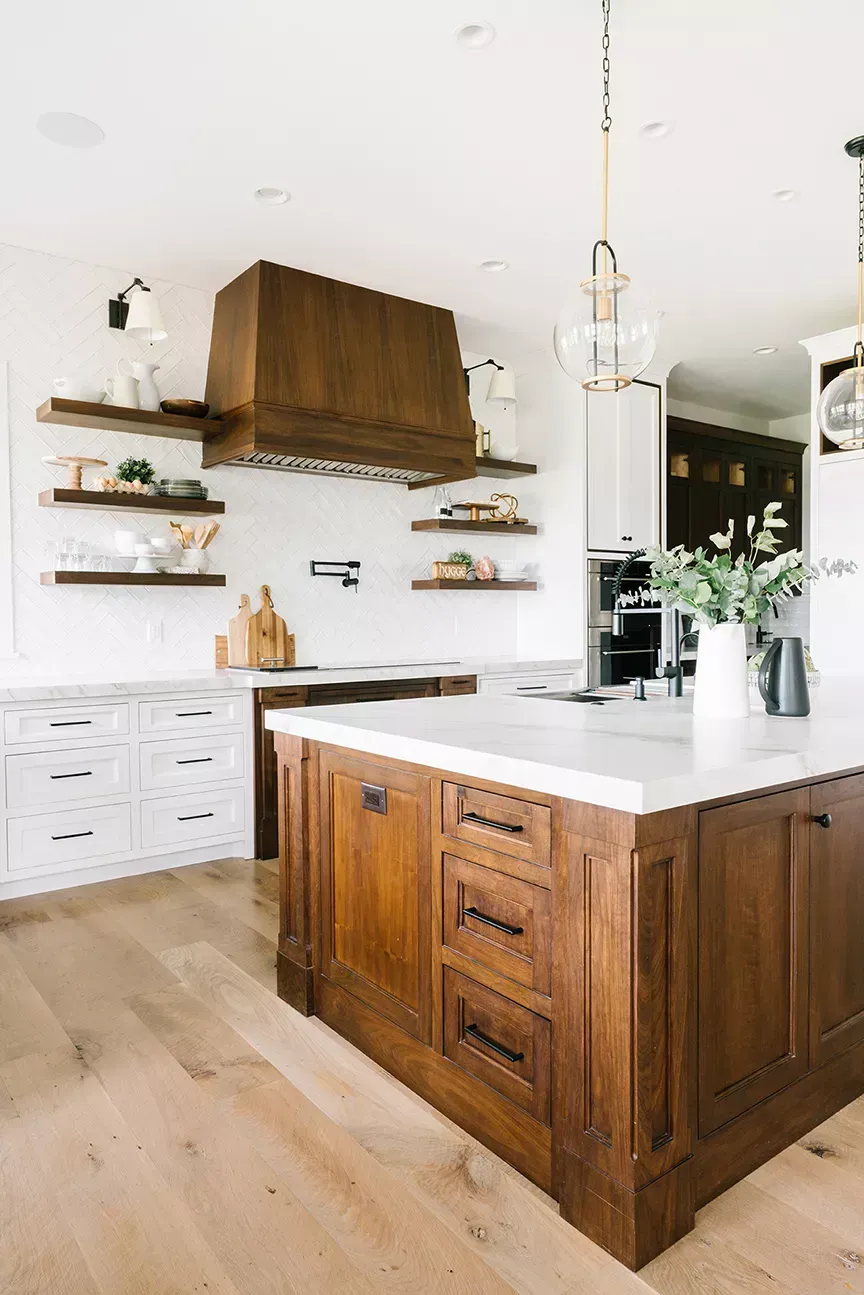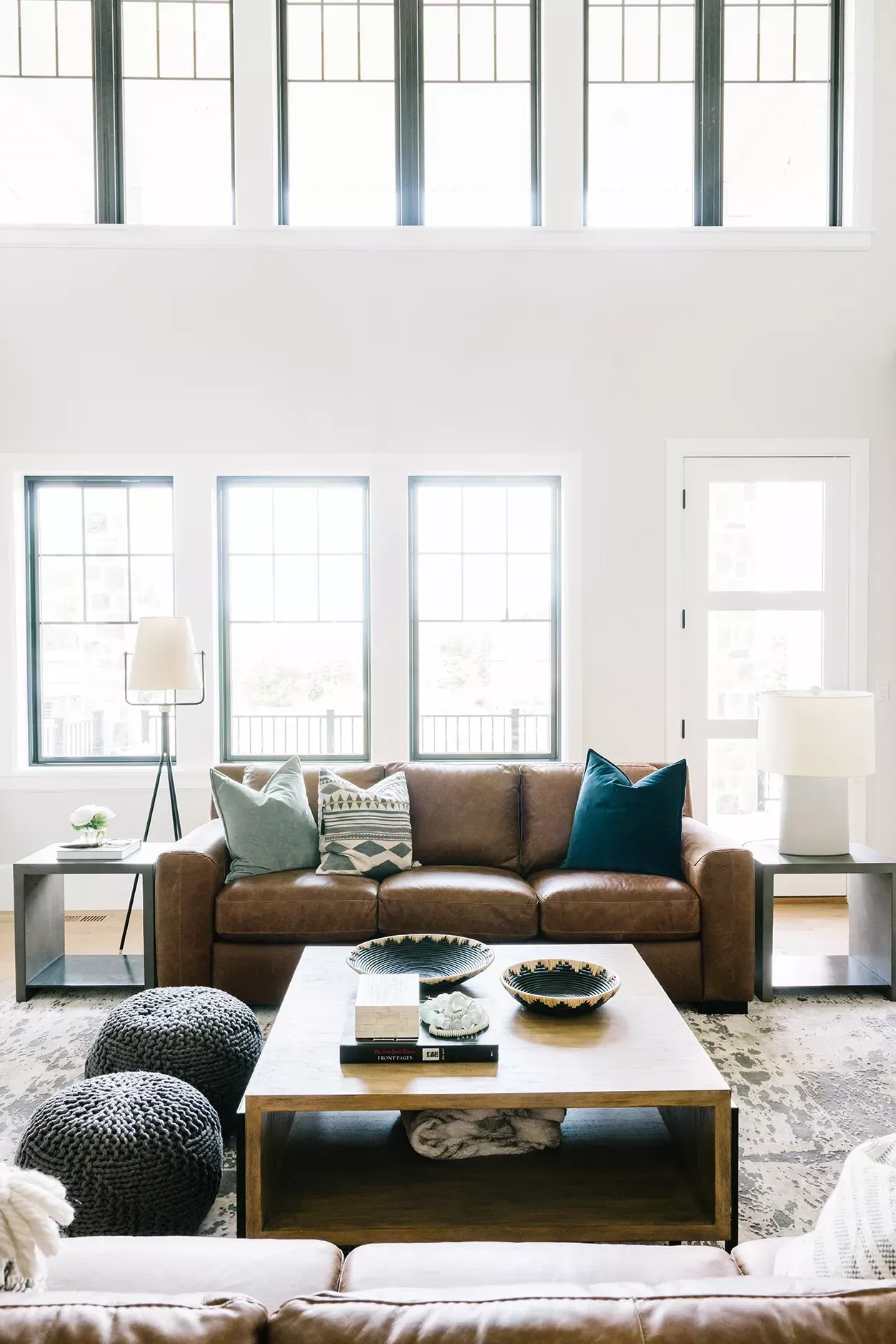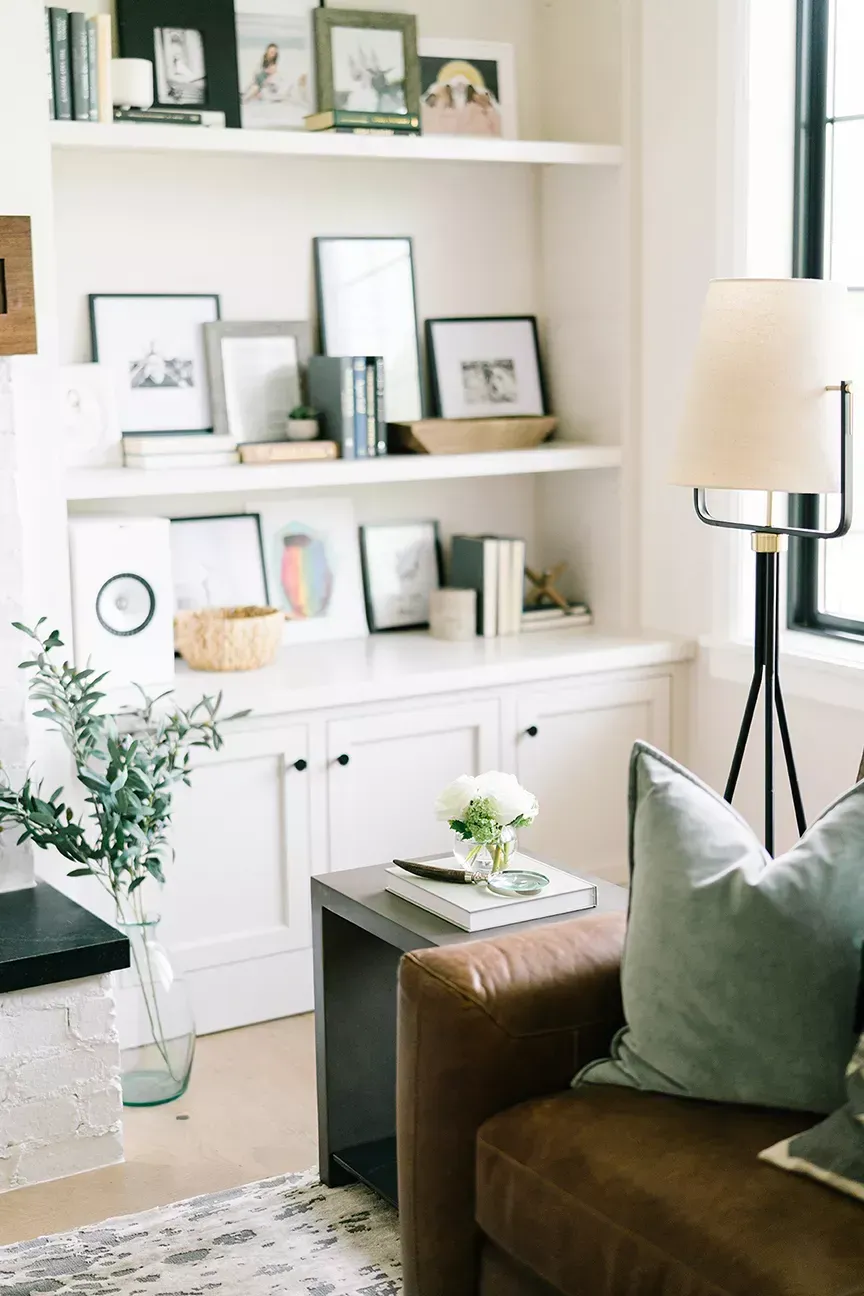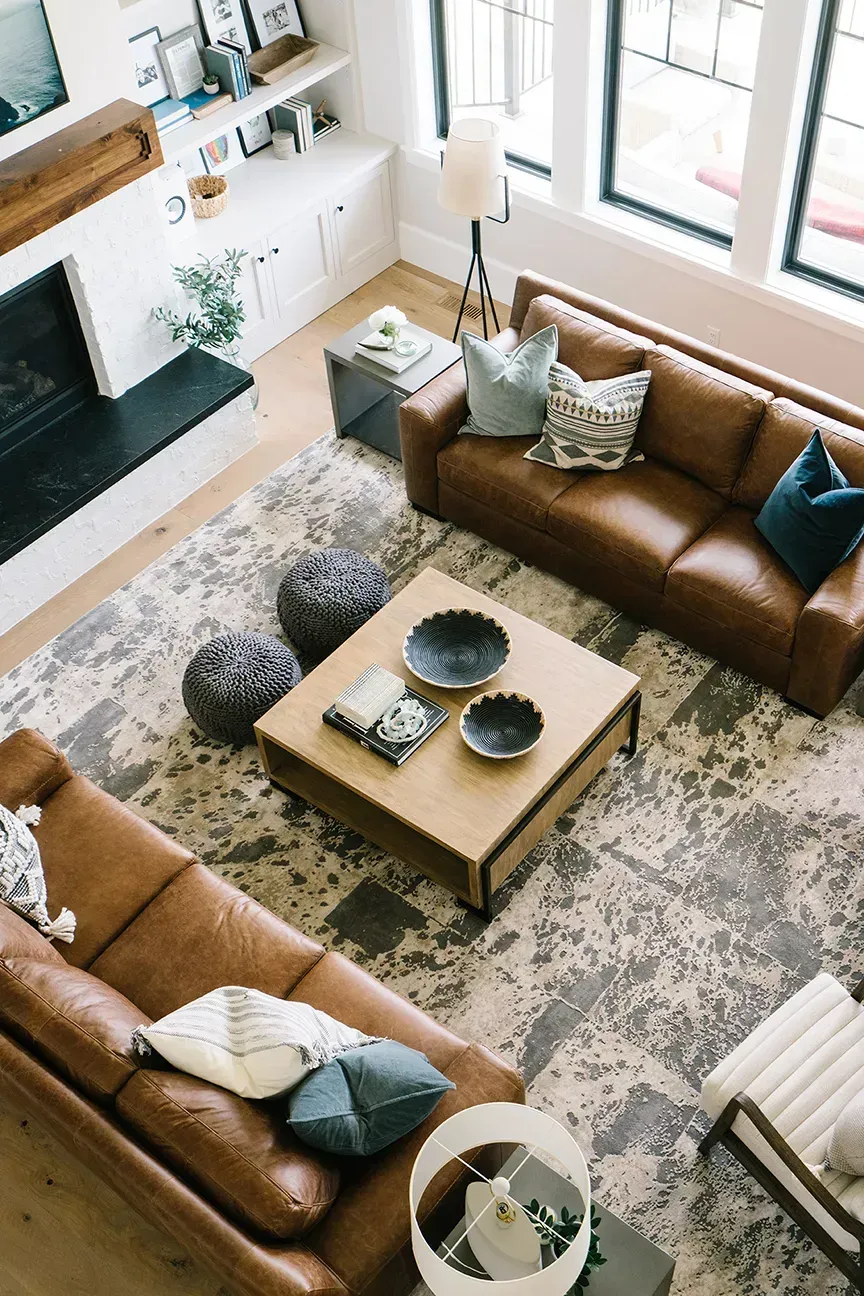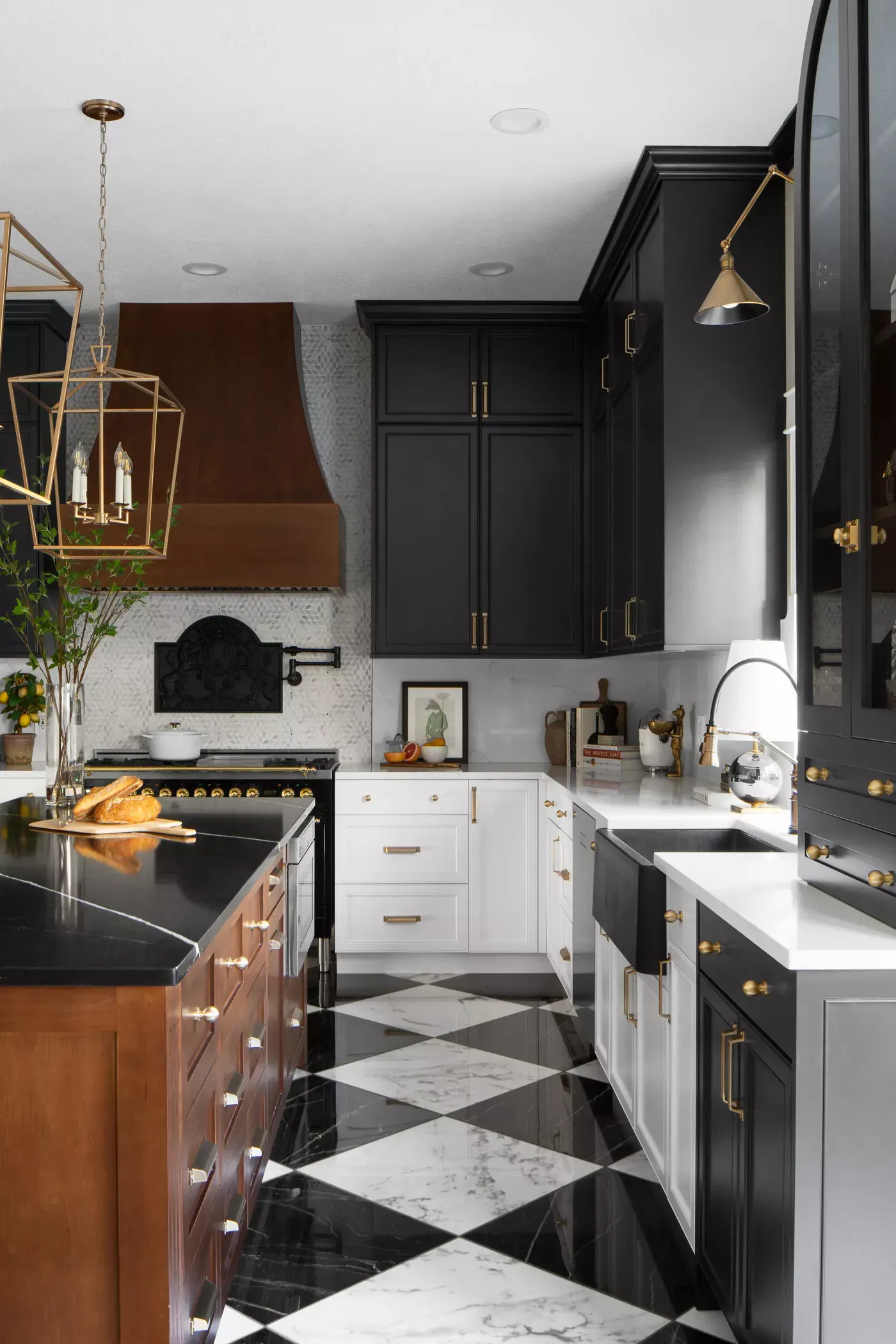Lighting Design 101: How to Illuminate Your Home Like a Pro
Lighting plays a crucial role in home design. It affects not only how a space looks but also how it feels. Whether creating a cozy reading nook or an inviting entertaining area, the proper lighting can enhance ambiance and functionality. But achieving the perfect lighting setup takes more than picking out a few stylish fixtures. It’s about balance, layering, and strategic placement. Let’s explore how to illuminate your home like a pro.
Understanding the Three Layers of Lighting
A well-designed lighting plan comprises three essential layers: ambient, task, and accent lighting. Each layer serves a specific purpose and contributes to a space's overall mood and usability.
1. Ambient Lighting: The Foundation
Also known as general lighting, ambient lighting provides overall illumination to a room. This is typically the primary light source, ensuring the space is well-lit and comfortable.
Best sources: Ceiling-mounted fixtures, chandeliers, recessed lighting, and large pendant lights.
Pro tip: Use dimmable options to control brightness levels and adapt the room's mood.
2. Task Lighting: Focused Illumination
Task lighting is essential for performing specific activities, such as cooking, reading, or working. The key is to provide bright, focused light without causing glare.
Best sources: Desk lamps, under-cabinet lighting, pendant lights over kitchen islands, and bathroom vanity lights.
Pro tip: Position task lighting to minimize shadows and enhance productivity.
3. Accent Lighting: Adding Drama and Depth
Accent lighting highlights architectural details, artwork, or specific focal points within a room. It adds depth and visual interest by creating contrast and dimension.
Best sources: Wall sconces, picture lights, LED strips, and track lighting.
Pro tip: Use accent lighting to draw attention to a statement piece, like a gallery or textured feature wall.
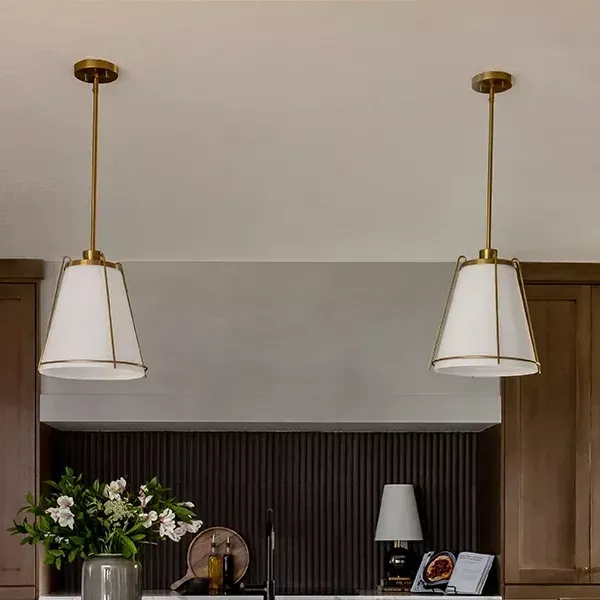
Choosing the Right Fixtures for Each Room
Living Room
The living room is multifunctional, so combining lighting layers is essential.
- Ambient: A chandelier or ceiling fan with a light kit.
- Task: Floor lamps beside seating areas for reading.
- Accent: Recessed spotlights to highlight artwork or bookshelves.
- Pro tip: Use warm-toned bulbs (2700K–3000K) to create a cozy atmosphere.
Kitchen
Good lighting in the kitchen is crucial for both functionality and ambiance.
- Ambient: Recessed lighting or a statement pendant light.
- Task: Under-cabinet lighting to brighten work surfaces.
- Accent: Toe-kick LED lighting for a sleek, modern effect.
- Pro tip: Install dimmer switches to adjust lighting levels for cooking, dining, or entertaining.
Bedroom
A bedroom should be a relaxing retreat, and lighting plays a significant role in setting the right mood.
- Ambient: A central ceiling fixture or flush mount light.
- Task: Bedside table lamps or wall-mounted sconces for reading.
- Accent: LED strips behind the headboard for a soft glow.
- Pro tip: Opt for warm, dimmable lighting to create a soothing ambiance before bedtime.
Bathroom
Proper lighting in the bathroom is essential for tasks like shaving or applying makeup.
- Ambient: Ceiling-mounted fixtures or recessed lighting.
- Task: Vertical sconces on either side of the mirror for even illumination.
- Accent: Backlit mirrors or recessed lighting in shower niches.
- Pro tip: Choose bulbs with a color temperature of around 3000K to mimic natural daylight.
Common Lighting Mistakes to Avoid
Relying on a Single Light Source: Avoid harsh overhead lighting without additional layers.
Ignoring Dimmers: Adjustable brightness is key to creating ambiance.
Using the Wrong Bulb Temperature: Stick to warm tones for cozy spaces and cooler tones for task-heavy areas.
Neglecting Natural Light: Maximize daylight before supplementing with artificial lighting.
Overlooking Scale: Ensure fixtures and furniture are proportionate to the size of the room.
The Importance of Hiring a Professional Designer
While choosing lighting may seem straightforward, the proper placement and selection require expertise. That’s where the professionals come in. Their team understands how to layer lighting effectively, select the perfect fixtures, and create a seamless blend of function and style tailored to your home’s unique layout.
From concept to installation, their expertise ensures that every room in your home is beautifully illuminated while maintaining balance and efficiency.
Excellent lighting design isn’t just about brightness—it’s about creating the right mood, enhancing functionality, and adding character to your space. By layering different types of lighting, choosing the right fixtures, and considering the unique needs of each room, you can illuminate your home like a pro.
